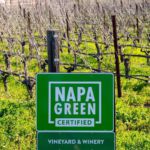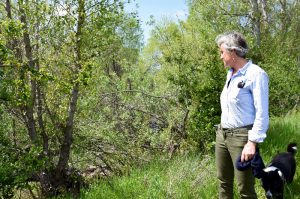
Ann Baker helped lead Selby Creek restoration efforts
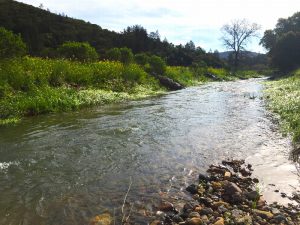
Water flows through Selby Creek
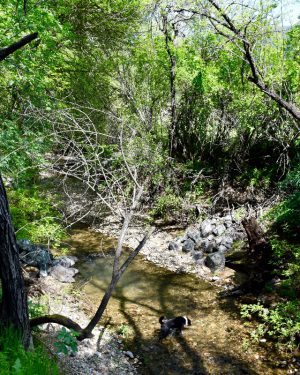
Native plants now populate Selby Creek, eliminating habitat for harmful sharpshooter species.
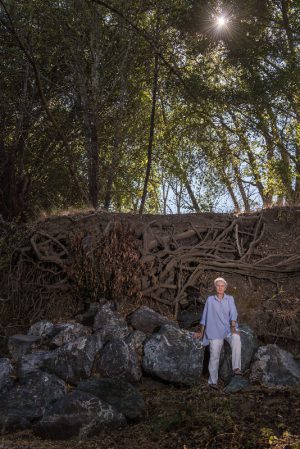
Growing up on the Larkmead Property, Kate Solari Baker saw the changes in Selby Creek firsthand. Her family made restoration of Selby Creek a priority.
Partnerships Help Restore the Napa River
Setting the Scene
Landowners see the future for their kids engaging with the river. Where there were 20-foot incised banks and impenetrable Himalayan blackberry, Arundo, and other invasive species, we now have access to the river again.
- Davie Piña, Piña Vineyard Management
What Motivates Restoration?
Larkmead and the Selby Creek Restoration Story
Once you understand how the landscape used to look, how it used to function, you see that every time you look at the river today.
- Ann Baker
You need a few champions. And build in some fun. Landowners are going to be put in a lot of time and effort. As you build camaraderie everyone becomes more engaged.
- Ann Baker
The system has been in equilibrium for five years now. Restoration exceeded what we could have expected. With the recent heavy rains there has been no noticeable erosion. The amount of resilience is impressive.
- Ann Baker
Read the Series:
1
Partnerships Help Restore the Napa River | Restoration of the Napa River is a testimony to the power of public-private partnerships in revitalizing the health of waterways and riparian lands.
2
Rutherford Restored | The Rutherford Reach restoration project has been lauded for rapid accomplishments achieved through private commitment and public partnership.
3
Oakville to Oak Knoll – Building on the Success of the Rutherford Reach | The 9.5 mile Oakville to Oak Knoll (OVOK) Napa River restoration project flows immediately south of the Rutherford Reach restoration.
4
Napa River Restoration Part II: Along the Upper Napa River | The California Land Stewardship Institute (CLSI) is working with landowners on a restoration plan for a 5.3 mile stretch of the upper Napa River just downstream from Calistoga.
Making the commitment to third party certification takes time and effort, but it is worth it to demonstrate our commitment to the community and to protect our watershed, our land and the air we breathe.
- Susan Boswell, Chateau Boswell Winery

